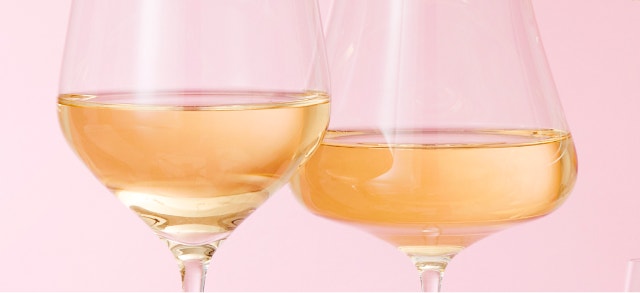“European caviar is Champagne, and U.S. caviar is sparkling wine,” explains Ali Bolourchi, president of caviar producer Tsar Nicolai, located in Wilton, California, near Sacramento.
It’s an apt comparison: As demand for buttery, briny caviar soars, many Americans are looking to domestic producers of fish roe, seeking local and sustainable options. Caviar—made from one of 27 specific sturgeon varieties—has its own terroir, not unlike wine.
Northern California has become the epicenter of U.S. caviar. “We benefit from what is native to our soils, waters and land here,” Bolourchi explains. Specifically, that’s white sturgeon, an indigenous breed named for white markings on the fish’s sides and bellies.

The California roe rush began in the late 1970s, after Serge Doroshov, a fish research biologist, defected from the former Soviet Union to work at UC Davis, where he collected wild sturgeon from the Sacramento River, and developed an environmentally responsible breeding program, later replacing the wild fish “borrowed” back to the river.
After decades of overfishing and pollution had depleted once-plentiful areas like Russia’s Volga River and western Asia’s Caspian Sea, the UC Davis program was intended to produce a new supply. The program created a blueprint for America’s sturgeon farms, though its first farmed caviar wasn’t sold commercially until 1994.

Today, three farms supply the bulk of California’s caviar: Tsar Nicoulai, Sterling Caviar in Elverta (about 15 miles north of Sacramento) and California Caviar Company (or CCC), which launched in Sausalito in 2007.
Together, they supply sustainably-farmed fish eggs to purveyors including Regiis Ova, cofounded by Thomas Keller and Shaoching Bishop; Jacques Pepin, who created a private-label “pressed caviar” with CCC; and NYC’s Petrossian, where it’s dubbed “Alverta” caviar. Spooned atop blinis, garnishing crudo or dolloped on fists as “bumps” to accompany martinis, California caviar is making inroads.
In terms of sheer volume, California can’t compete with the likes of China’s Kaluga caviar, from a hybrid sturgeon breed. “Compared to other countries, the quantity in California is relatively insignificant,” Bishop notes. Yet, Supreme, an “intensely rich and nutty” caviar sourced from California white sturgeon—remains Regiis Ova’s top seller, she confirms.
Most farmed California white sturgeon can trace their lineage back to those original fish sourced from the Sacramento River and bred through the UC Davis program. Sterling Caviar, founded in 1988, worked closely with that program, which still pays dividends today.
“Only white sturgeons are being farmed in California,” says Myra Tallerico, Sterling’s general manager and COO. “The Monterey Bay Aquarium’s Seafood Watch program lists white sturgeon as ‘Least Concern’ on their seafood sustainability guide. According to the Seafood Watch program, white sturgeon populations are stable, and their farming practices are generally considered sustainable and do not have significant impacts on the environment.”

To come back to the wine comparison: Just as bubbly from different regions varies, how does California caviar stack up to other varieties? Compared to the iconic black sheen of varieties like Osetra, white sturgeon roe tends to have an amber or golden hue, experts note, and medium-sized grains. All caviar is cured with salt, so brininess is a given. They shouldn’t “pop,” the sign of an older egg, but should almost melt against the palate.
But like fresh seafood, domestically produced caviar has an advantage over imported varieties, Bolourchi says. It may lack the “charisma and elegance” of Europe’s legacy ebony pearls. But “it’s healthier, fresher, more dynamic than something brought from the other side of the world,” he says, bringing “a singular rich, fatty flavor” and a nuanced Pacific coast “kiss of the sea.”
This article originally appeared in the June/July 2023 issue of Wine Enthusiast magazine. Click here to subscribe today!
Published on June 7, 2023

